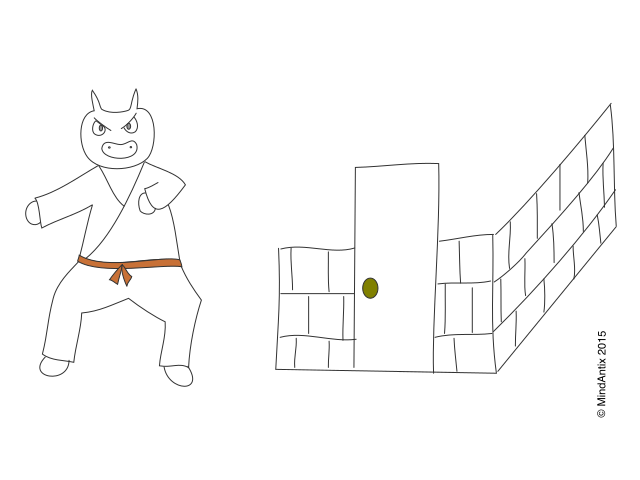In a study in the late 80s, researchers gave a group of 4-6 year olds the following information:
- “All fishes live in trees.”
- “Tot is a fish.”
They then posed a question to the children: “Does Tot live in the water?” This syllogism was presented in two different ways – as matter of fact or with a make-believe prompt like “let’s pretend I’m on another planet”. What the researchers found, turned a long held assumption upside down. More students in the make-believe prompt group answered correctly with a “No” compared to the matter of fact group, upending the belief that imaginative thinking constricts deductive reasoning.
Scientists have wondered if our ability to tell stories, or narrative intelligence, evolved to cope with the increasingly complex social dynamics. Prof. Kerstin Dautenhahn, who proposed the Narrative Intelligence Hypothesis, explains, “narratives play a crucial role in how young human primates become socially skilled individuals” But like the study above suggests, narratives don’t just help with social learning – they also build logical thinking. Prof. Sarah Worth believes, “we learn to reason through the reasoning provided to us through hearing and telling stories. By engaging with narratives, we practice using our narrative reason.”
But what defines a narrative? A narrative is a story with the typical structure of exposition, rising action, climax, falling action and denouement, and focuses on unusual rather than stereotypical events. Or in other words, “narratives are about ‘unusual events’, ‘things worth telling’.” This focus on the unusual is one reason creativity and storytelling are so intricately linked. But more than being intertwined, storytelling can provide a great medium for practicing creative and critical thinking.
The Twist-a-Story brainteaser is a playground to build on creativity and narrative reasoning. These brainteasers use a familiar story but add an unexpected twist which users have to use to complete the story. A story, just like other creative problems, can be dissected into its various elements – plots, characters, events etc. which can be manipulated in different ways to make new creative stories.
These brainteasers help build the different kinds of creativity that Margaret Boden, author of “The Creative Mind”, describes – exploratory (exploring a given space of concepts), combinatorial (combining existing concepts into new concepts) and transformative (changing the rules that delimit conceptual space). Examples of combinatorial creativity, posted by users, include the third Little Pig using Karate to fend off the fox when he couldn’t finish his brick house, or Snow White using incinerating liquid to defeat the evil queen (combining new elements, like karate and incinerating liquid, into the solution).
Stories are a great way to nurture creative thinking and reasoning skills, even when you don’t start from a blank page. You can always use existing stories to grow your creative and narrative thinking. The next time you read a story, try to change something and see how a new narrative emerges. As Ralph Waldo Emerson once quipped, “There is creative reading as well as creative writing.”

